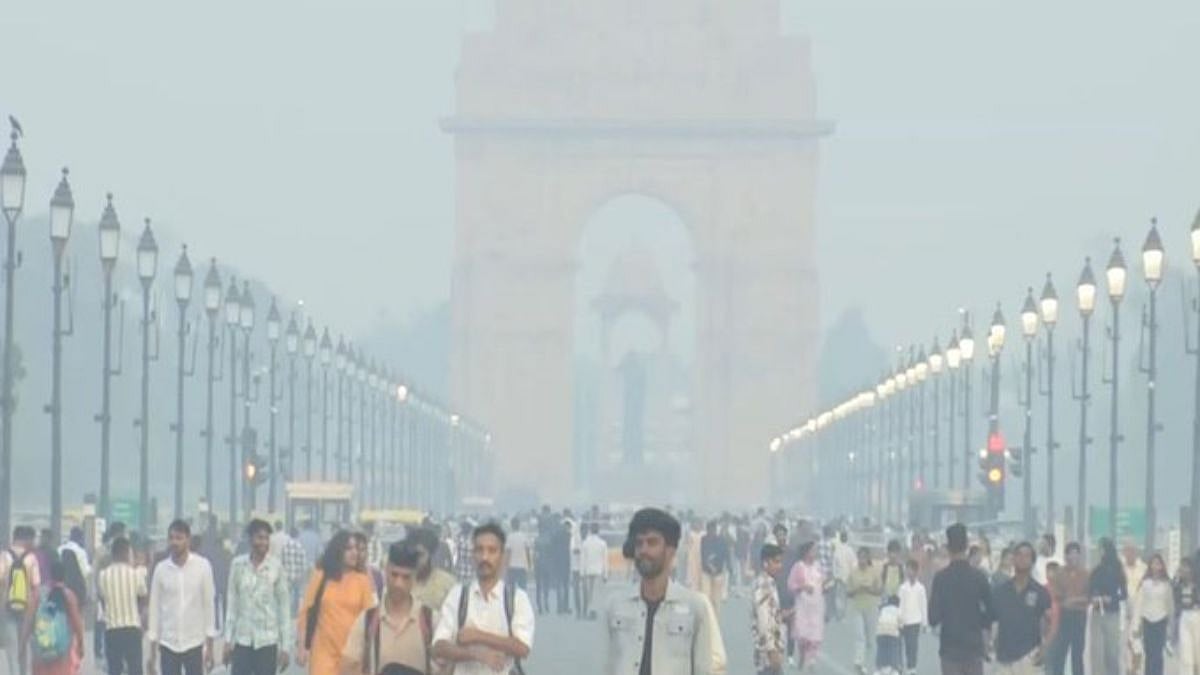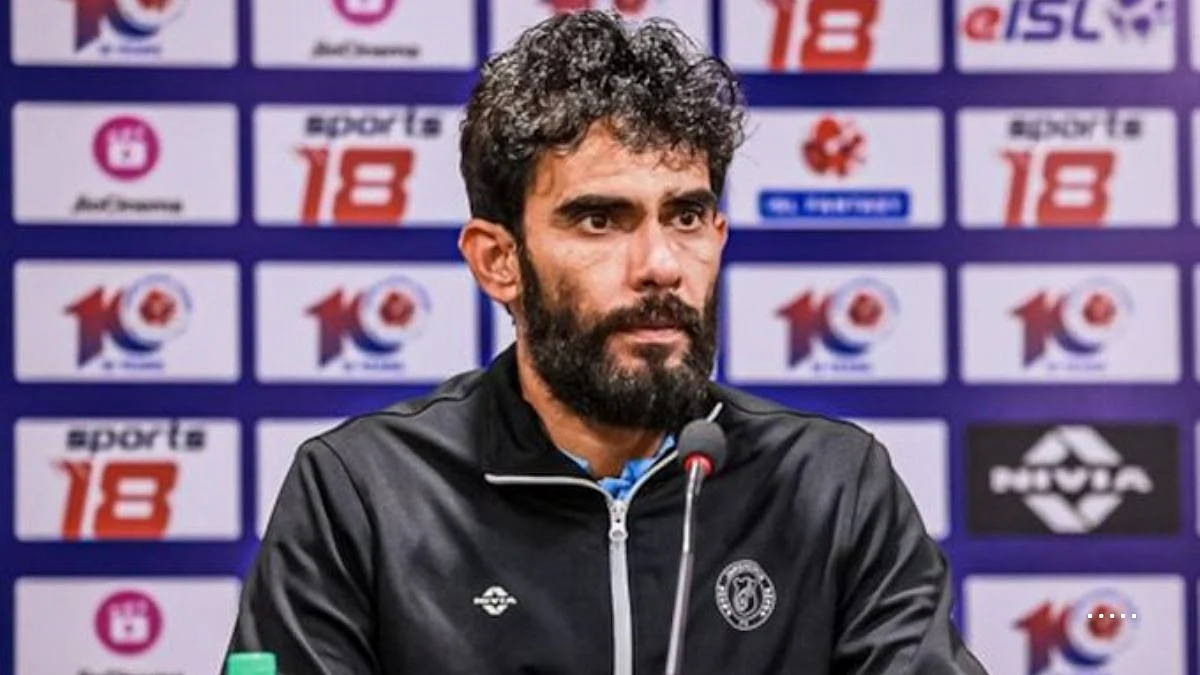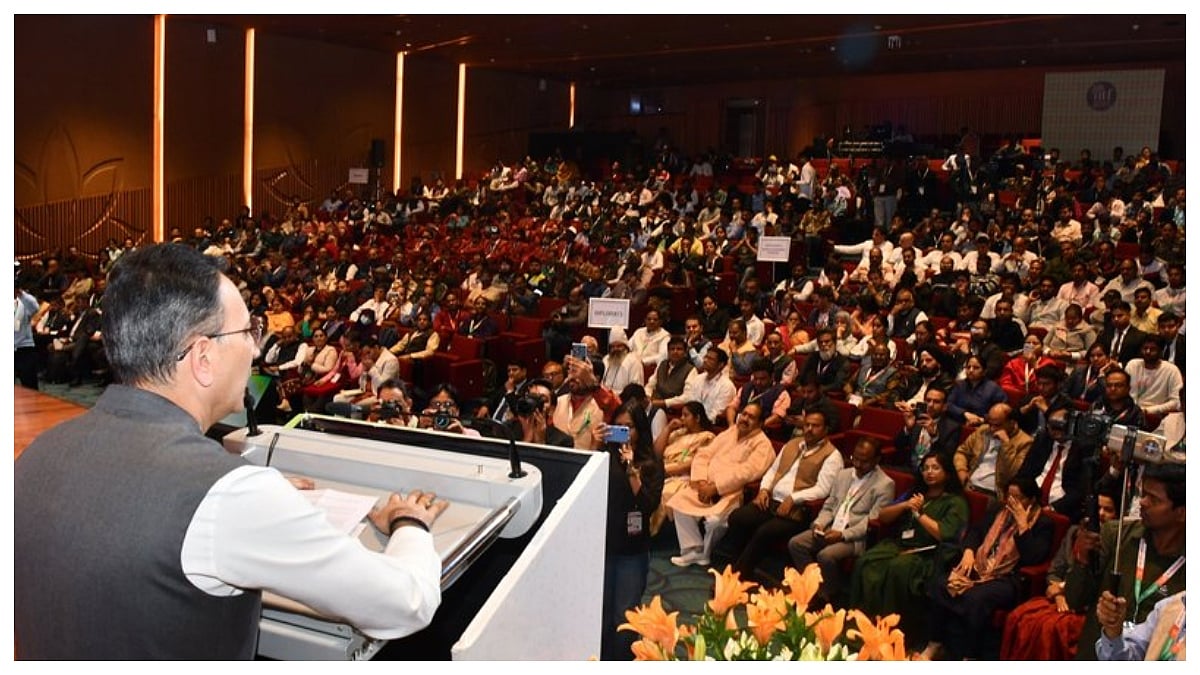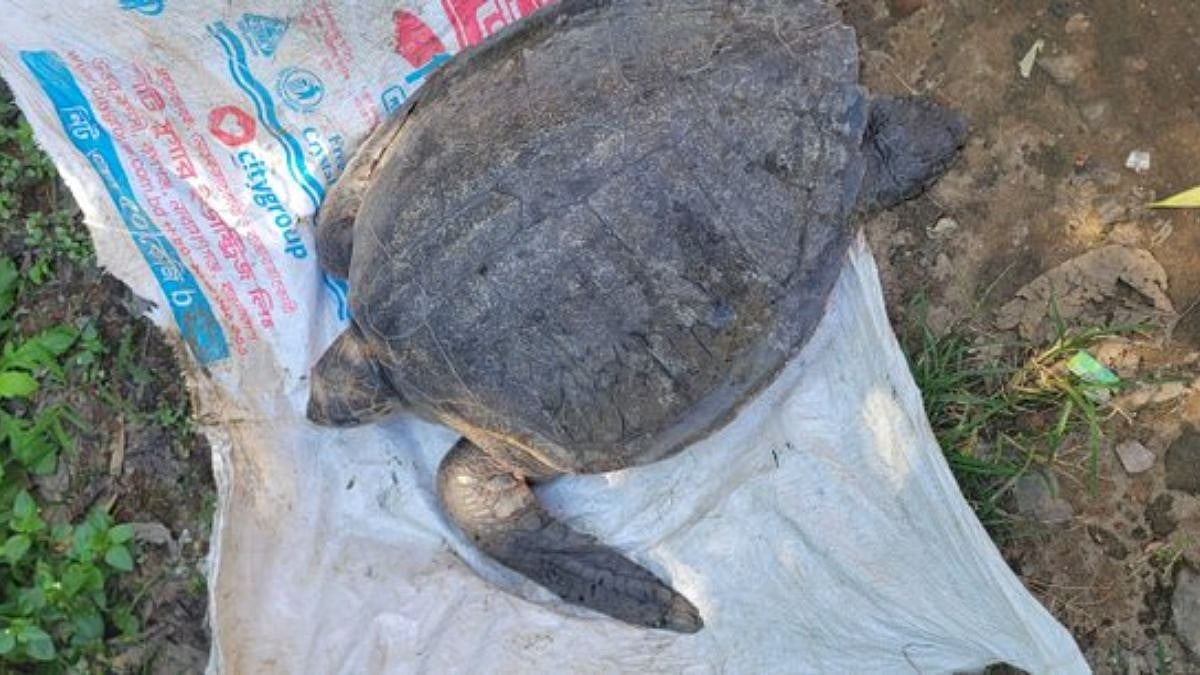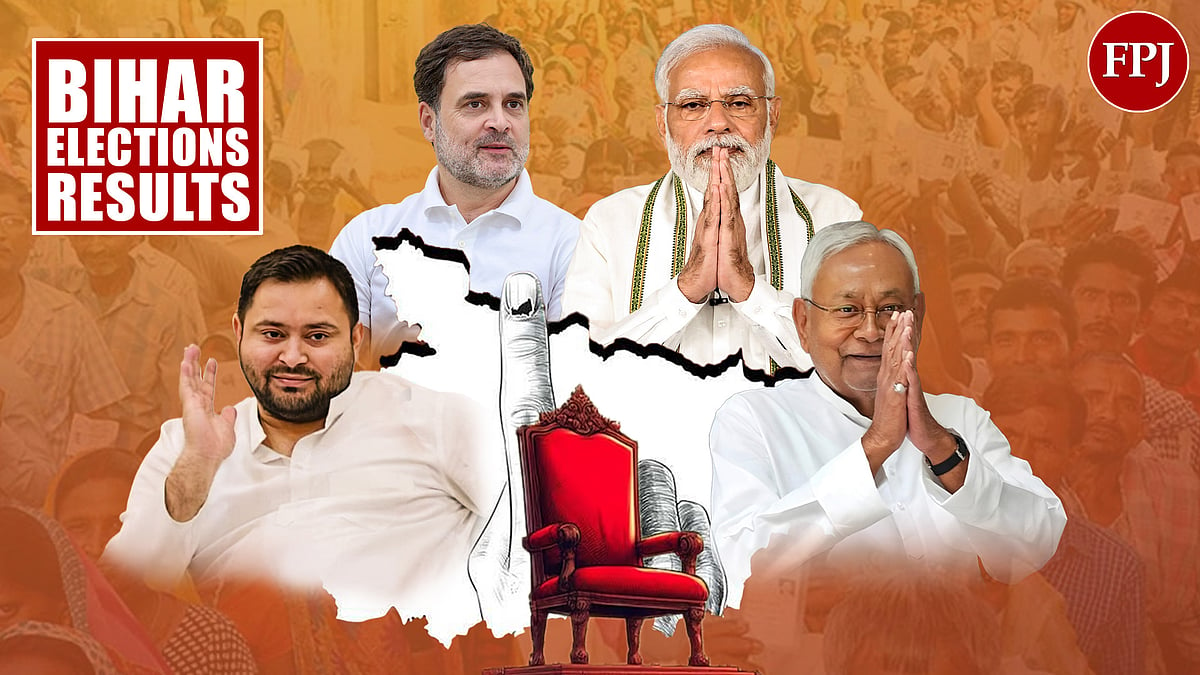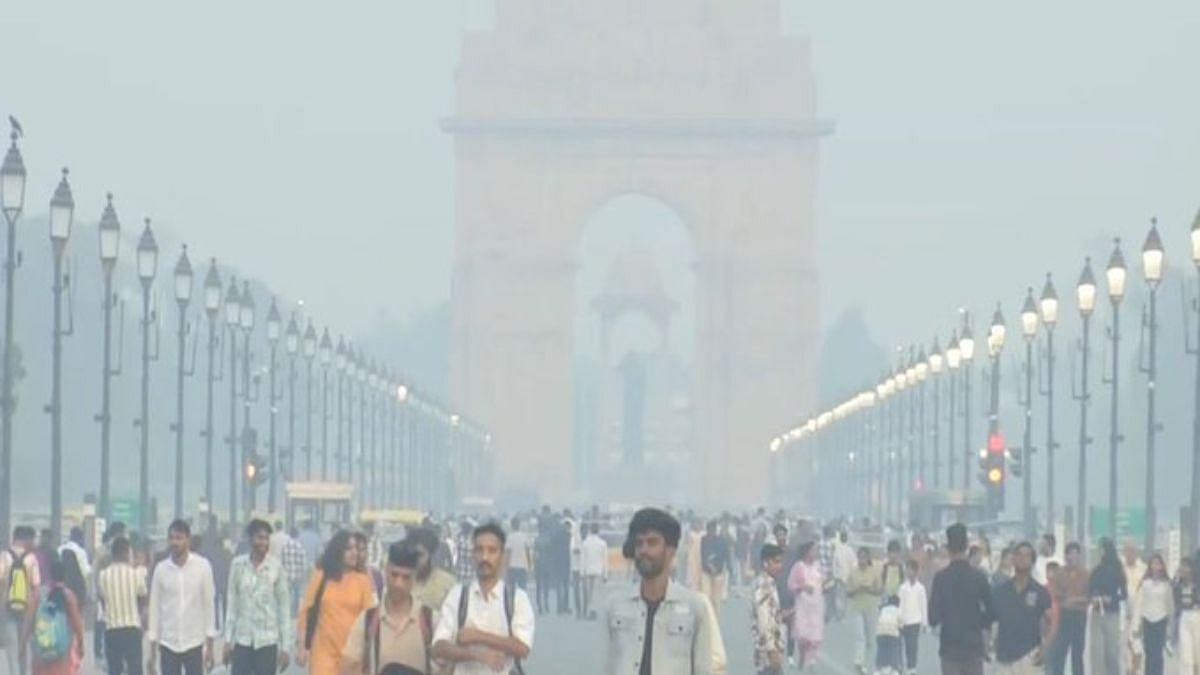My mornings these days are steeped in nostalgia. My thoughts go back to the wonderful wintry days of more than a decade ago when we Delhiites would wake up to radiant blue skies and bright sunshine. Winter meant basking in the afternoon sun, eating roasted peanuts and gossiping. Today, winter means being cloistered inside a cold room with the air purifier running 24X7. Our city has been converted into a gas chamber. The sheer density of the particulate matter creates a thick blanket of toxic smog that completely obscures the sunlight.
Delhiites are chewing on Minister of Environment Manjinder Singh Sirsa’s heartening statement that “ten years of polluted air cannot be cleaned in seven to eight months.” Well, that was the electoral promise the BJP had given us when we voted them into power. But that apart, Sirsa has to explain why air pollution data goes missing every time the AQI levels rise. On Wednesday, the AQI levels had crossed 400, putting pollution in the very severe category. The AQI monitors put up by the Central Pollution Control Board went blank for most of the day. The CPCB also needs to explain why data should be missing at such a critical time, especially as it is this information which holds the key to initiating precautionary measures by the public at large.
Once the air is classified as severe, the Graded Response Action Plan kicks in. This is a bit of a joke because construction and demolition activities are stopped for as long as the air is found to be in the severe category. As soon as the pollutants and dust are marginally reduced and the air goes back to being `poor’ and `very poor’, GRAP 3 is removed. Surely, our policymakers should be more worried about the citizens and question why air in the latter two categories is also not considered toxic?
By an amazing ‘coincidence’, and to add to our misfortunes, Yamuna, on this Black Monday, was also covered by a thick, white layer of toxic foam, indicative of untreated industrial and domestic waste being discharged into the river. The NGT, for the umpteenth time, directed the CPCB and state pollution regulators to take prompt action against more than 2700 `grossly polluting industries’ that are discharging untreated effluents into the Yamuna and Ganga rivers. The last BJP minister, Uma Bharati, who tried to take action against these industries, was served the marching orders in 2017, and no minister has made any serious efforts to address this crucial issue of providing clean drinking water to us hapless citizens.
We have now been served with a triple whammy. On Monday evening, a powerful blast at the Red Fort Metro Station left 13 dead and over 30 injured. Terror has returned to the capital after more than 13 years. The last instance of a terror attack was in February 2012, when a bomb exploded near the Israeli embassy. Before that, the 2005-2011 period was a difficult time for us, with Delhi witnessing a series of attacks in heavily populated locations, such as Connaught Place and Sarojini Nagar.
The most frightening aspect of this latest terror attack is that it indicates the involvement of several educated doctors from Kashmir who have been radicalised under the influence of a Kashmiri Maulvi. Significantly, these doctors are known to have been treating terrorists in their respective hospitals between 2018 and 2021, and this interaction must have left its own disturbing imprint on their minds.
The police claim that the two doctors, Dr Umar Nabi and Dr Muzammil Ganale, after starting their teaching careers at Al Falah University in Faridabad, had remained in regular touch with their handlers in Kashmir. Dr Muzammil Ganale, who has been teaching MBBS students in Faridabad for the last three years, had recently taken two properties on rent. The rented property in the village of Dauj, located close to the Al Falah University, was taken on rent only one month ago, and it was here that he arranged for 358 kg of explosives to be delivered, stashed away in bags. The second property was taken in Fatehpur Taga and was also stacked with explosives.
Police raids conducted on Tuesday claim to have found 12 suitcases packed with explosive material, suspected to be ammonium nitrate. The explosive material recovered in the two raids added up to 2,900 kg. The police also found timers and other suspicious items on the premises.
Here again, questions must be asked of our security forces regarding how these doctors were able to lay their hands on such a huge cache of ammonium nitrate and then smuggle it into Faridabad, a town located so close to the capital.
The case unravelled because of the efforts of the J&K cops who began to trace posters threatening the J&K police and security personnel, which were found pasted in different locations in Bunpora Nowgam. These posters apparently praised the Jaish-e-Mohammed and threatened `revenge attacks’ on the J&K police and security personnel.
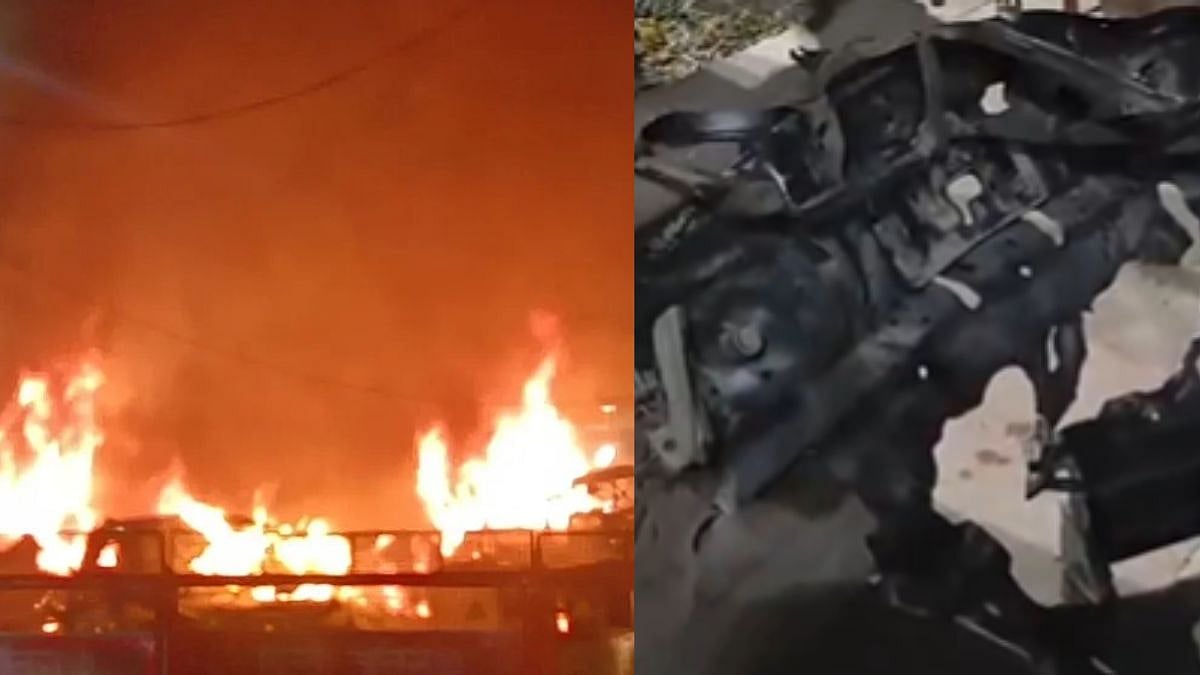
The investigation began to take shape when some doctors were arrested in Srinagar recently. This provided the police with clues about the terror module in Faridabad, and raids were subsequently conducted here on November 10. Dr Umar Nabi panicked, following a raid in Faridabad, and escaped in an i20 car containing explosives which had not been put together sufficiently to make a bomb. When this crude bomb did accidentally explode, it did not have shrapnel and metal balls, which are required to cause maximum damage.
Given the changing geopolitical scenario with Pakistan’s renewed engagement with the US and also enjoying a close strategic partnership with China, the reaction of the government has been somewhat subdued even as it reiterates that `any terror attack on Indian soil will be considered an act of war and that Operation Sindoor remains an ongoing operation’.
The public remains apprehensive on that score, as no one wants a full-scale war. Meanwhile, the government would do well to rein in the anti-Muslim rhetoric being spouted daily by some of our television channels and politicians in order to prevent further radicalisation of members of our minority community.
Rashme Sehgal is an author and an independent journalist.
